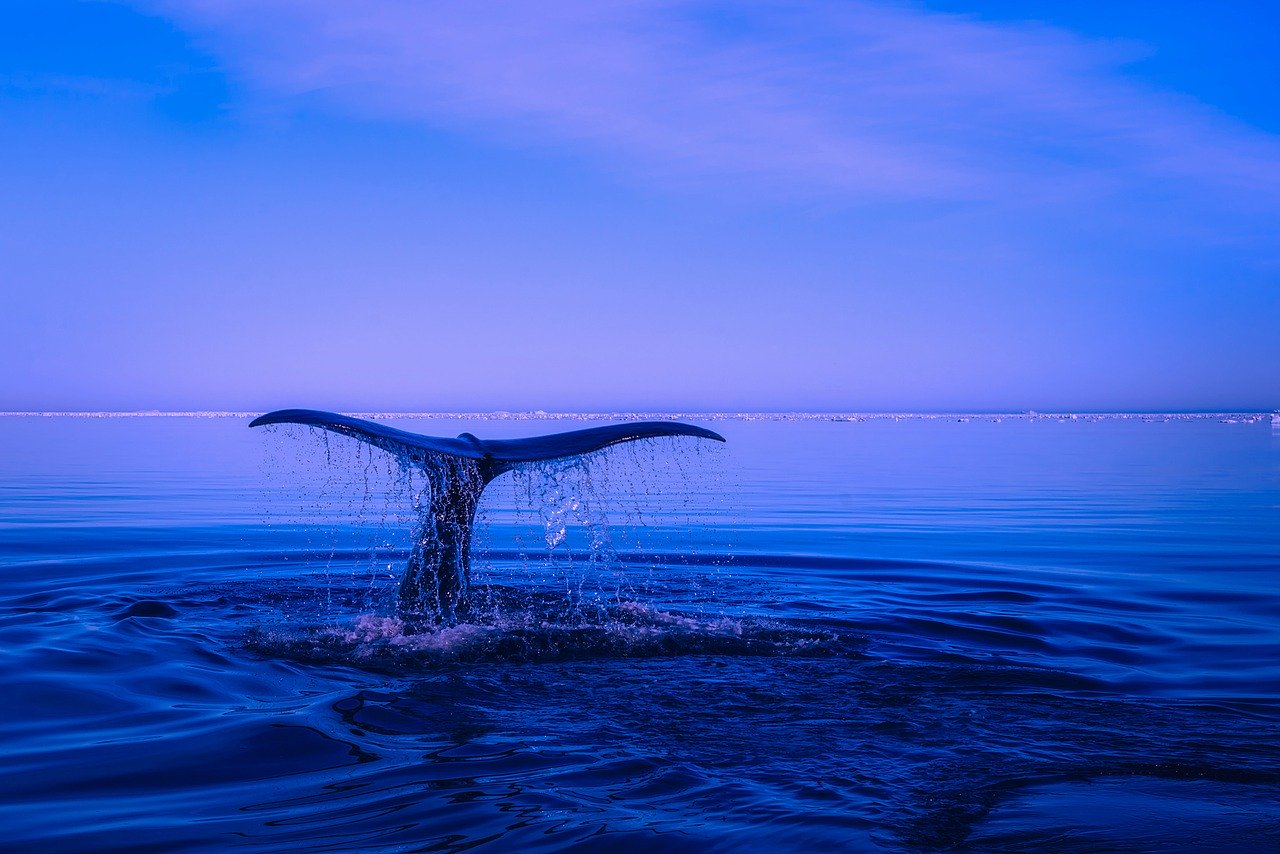More than 70 percent of our world’s surface is covered by ocean. Unfortunately, that ocean is under siege as a result of the environmental destruction created by human beings.
The Ocean Foundation works to mitigate the damage caused by climate change. It aims to preserve living species and their habitats, increase the strength and reach of the entire marine conservation community through grants and community-building, and promote information literacy focused on the world’s oceans.
The Washington, DC-based nonprofit serves as the sole community-based foundation in the world working on behalf of the oceans. Its team gathers intelligence and information on threats to a safe ocean environment and its inhabitants, in hope of identifying workable solutions.
Two-thirds of the Ocean Foundation’s effort is directed to international issues affecting oceans. Its Laguna San Ignacio Ecosystem Science Program (LSIESP) in Mexico’s Baja California Sur has been an outstanding success. This is what you need to know about the LSIESP.

The Laguna San Ignacio Is Part of a World Heritage Site
The Sea of Cortez, also known as the Gulf of California, and its local lagoons have received designation as a World Heritage Site by the United Nations Educational, Scientific and Cultural Organization. It possesses a rich diversity of marine and land lifeforms, many of which are found nowhere else on earth. The region is part of the El Vizcaíno Biosphere Reserve, which was established in the 1980s and is Mexico’s largest protected conservation area.
The LSIESP gathers information on this distinctive ecosystem and the marine inhabitants of Laguna San Ignacio. Every year, this pristine environment hosts hundreds of migrating gray whales. The whales mate and give birth in the lagoon’s shallow waters every winter before heading north up the Pacific coast to spend the summer near Canada and Alaska. The LSIESP fosters greater awareness of the whales’ needs, and promotes human activities that protect their habitat.
In addition to the gray whales, the region hosts other whale species, including blue whales, humpback whales, and killer whales. The lagoons in the area are also home to harbor seals and California sea lions as well as to large numbers of varieties of colorful fish, crustaceans, and migratory birds.
The LSIESP Offers Scientists Opportunities for Hands-On Research
Graduate students involved with the LSIESP can take part in field research investigating the region’s wildlife. This teaches them skills they will be able to put to use as conservation scientists.
Additionally, the LSIESP engages with other organizations dedicated to wildlife preservation that also undertake research in the Laguna San Ignacio area. These teams go on to share their knowledge with local schools. They lead participatory learning experiences to acquaint students with the rich natural heritage of the regional marine ecosystem as well as the role it plays in the local economy.
The LSIESP holds annual workshops that likewise bring science, scientific experts, and government officials into public spaces. These events are called “Reunions” and foster open dialogue on the status and care of the local marine ecosystem.
The LSIESP Documents Problems That Endanger the Ecosystem’s Wildlife
At the related website SanIgnacioGrayWhales.org, LSIESP supporters can learn about current status of the gray whales and the lagoon’s ecosystem. The information is drawn from annual reports and other sources.
For example, the 2019 annual report addressed a number of current concerns, including the numerous well-publicized findings of dead and severely malnourished gray whales all along the North American Pacific coastline. The United States’ NOAA (National Oceanic and Atmospheric Administration) Fisheries office designates these deaths and strandings collectively as “Unusual Mortality Events,” or UMEs.

In 2019 in Alaska alone, NOAA researchers counted 48 gray whale coastal strandings. There were a total of 123 strandings along all four of the United States’ Pacific coast states. The report delved into NOAA’s investigations of the causes of these gray whale strandings.
Necropsies had made preliminary determinations that a number of the whales were emaciated. The report then listed NOAA’s next steps in addressing these UMEs through data collection and review. Future research is necessary to identify any cause-and-effect chains from recent disturbances of the Pacific coastline ecosystem and the deaths and strandings.
The LSIESP Conducts Local Monitoring of Calving Season
The LSIESP’s own monitoring efforts focus on the winter season births of whale calves throughout the lagoons of Baja California Sur. LSIESP teams have also begun using research techniques designed to build a library of documentation and physical evaluations on the health of breeding whale females and their calves.
The teams use specialized drones to obtain clear photogrammetric pictures of the whales. They then compare images of the same whales taken over the course of their three months’ winter habitation in the lagoons.
Going forward, this information will be able to supply critical insights into trending issues in the management of the animals’ health. This includes the impact of the recent UMEs and later recoveries.
The Public Is Encouraged to Support the LSIESP’s Efforts
The LSIESP encourages the public to support its gray whale-monitoring program in the lagoons. The more data is available, the better equipped researchers will be to understand and address current and potential threats to the whales. This includes any environmental factors that may be causing mortality and stranding events to rise.
Sustaining supporters of the LSIESP can help by setting up a simple, automatic monthly donation.
